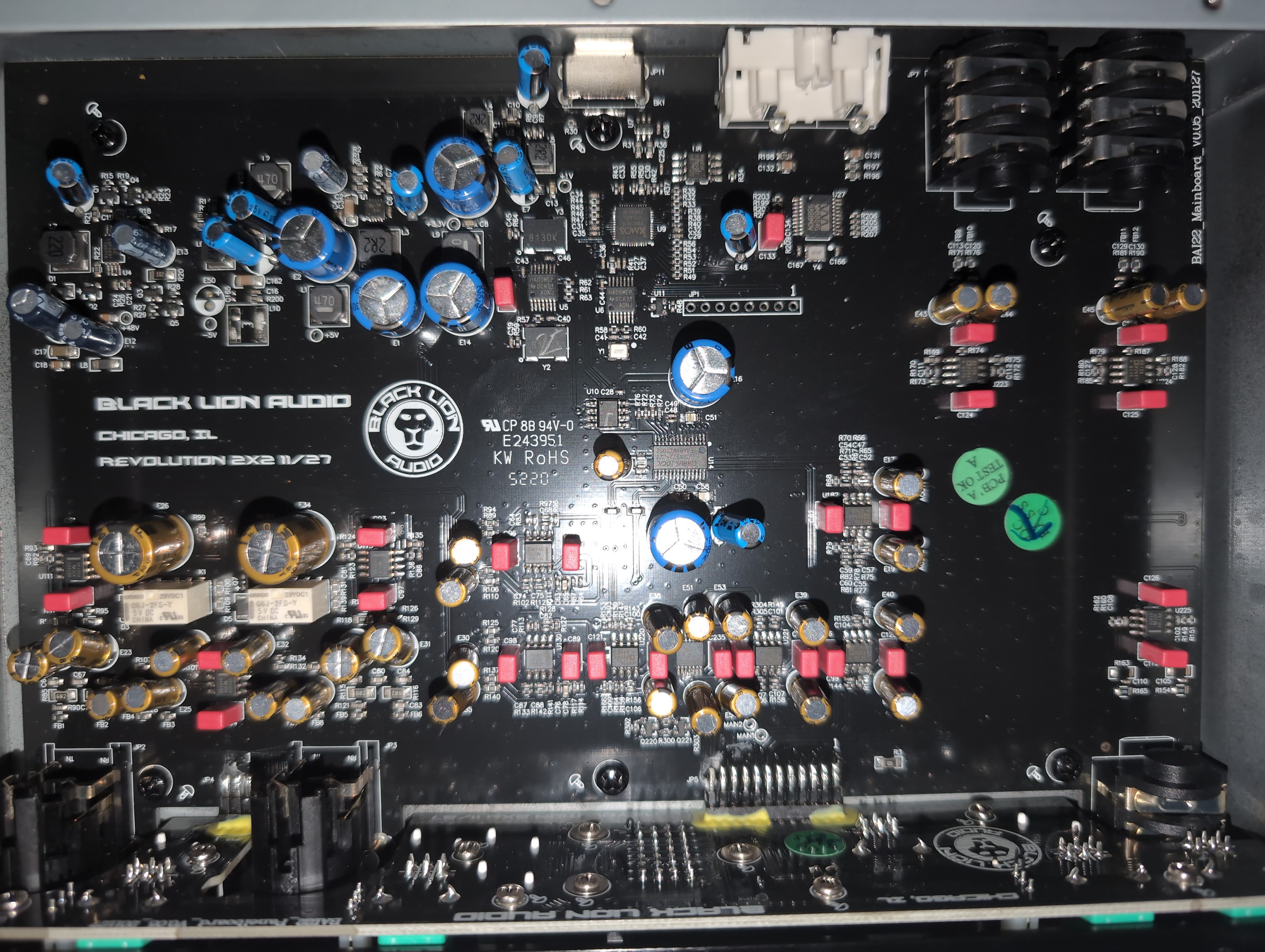"Oyaide NRF-005T is a noise suppression tape using PULSHUT® (high performance non-woven textile) material developed by Asahi Kasei Corporation. This is a revolutionary material for suppressing electromagnetic noise and radiation generated by AV equipment and cables, allowing for more transparent sound reproduction." The secret sauce is PULSHUT. The patent is here, it says something about using non-magnetic materials.... but I dont have the technical knowledge to interpret it.The Oyaide NRF-005T is blocking or absorbing Mhz to Ghz frequency noise from being transferred through the cable. This Mhz to Ghz frequency noise smears/distorts the original signal enough that effects your gear's ability to fully read the original signal.
https://patents.google.com/patent/JP6846573B2/en
What dielectric insulation do you recommend for audio analog wire and what insulation material do you recommend for low voltage power 3.3v and 5v? I have choices of soft silicon, PTFE, and what they sell in the hardware store refered to THHN wire. For my headphones cable I went with silicon, because its flexible. But what would my headphone cable have better sound or worse with PTFE insulation, sacrificing comfort? And DC voltage as well?If you have any techflex or PET sleeving material on hand, here is a quick and easy experiment you can do. Not many people know about this. If you have a signal cable, slide the techflex over it and then listen again critically. The techflex or PET material will mix with dielectric of the cable and will smear the signal. Looks good, but bad for performance.
Im reading their "Technology" page now. Very interesting and want to investigate further.Shunyata has been experimenting with quartz crystal inside cables for probably 2 decades and sells retail cables like this.









![20250330_151452[1].jpg](https://cdn.head-fi.org/a/12709517_thumb.jpg)
![20250330_151553[1].jpg](https://cdn.head-fi.org/a/12709515_thumb.jpg)
![20250427_185006[1].jpg](https://cdn.head-fi.org/a/12709514_thumb.jpg)
![20250330_151524[1].jpg](https://cdn.head-fi.org/a/12709516_thumb.jpg)


















